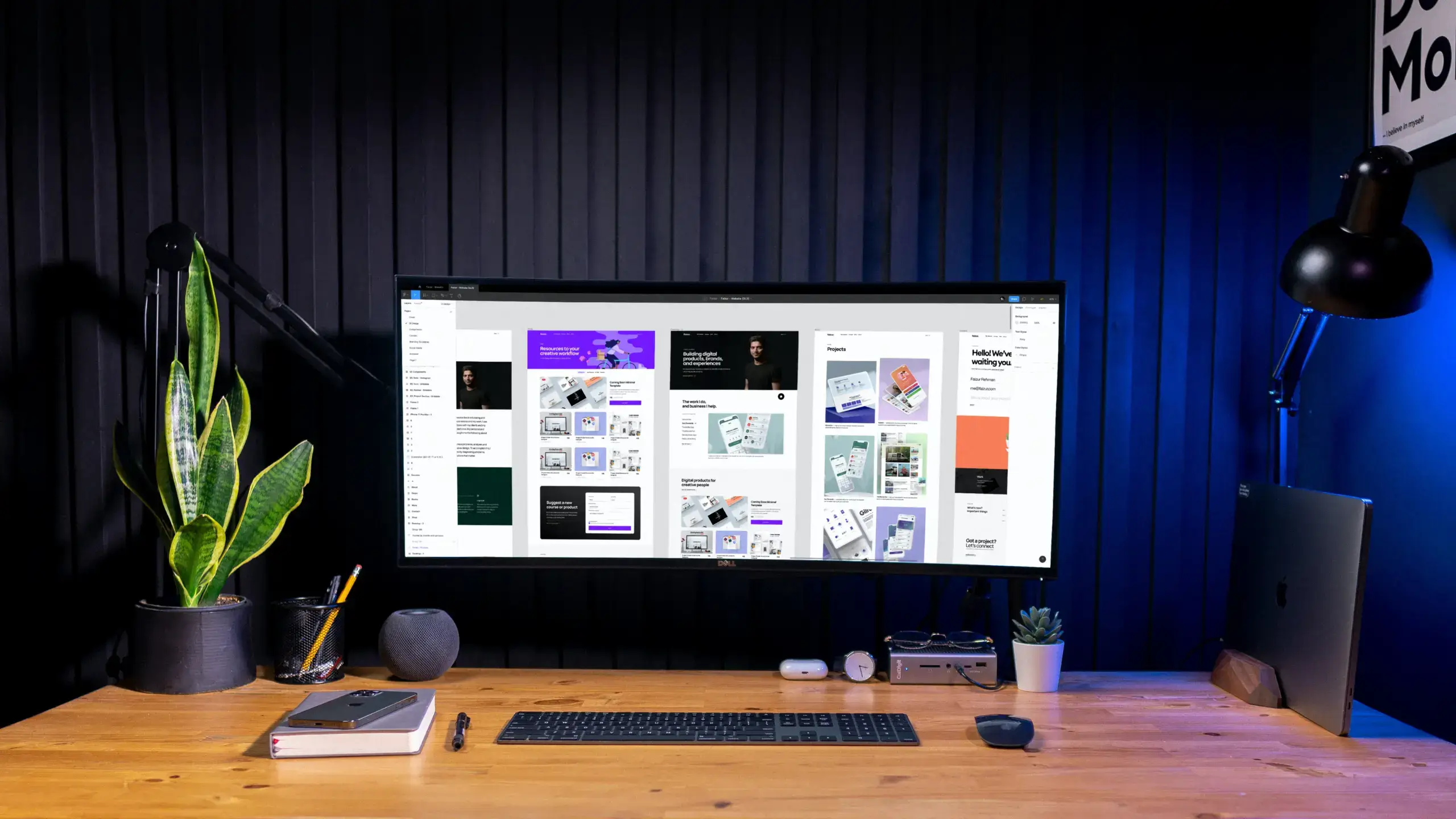
Top 7 Challenges Faced by UX Designers; How to Overcome Them
A UX designer is a person who makes the product or services approachable, usable, and congenial. In today's highly competitive digital landscape, delivering exceptional user experiences (UX) by UX designers has become a critical success factor for businesses. UX designers play a pivotal role in crafting intuitive and enjoyable experiences for users. However, they often face significant challenges that can impact the quality of UX design. Let's delve into the top 7 challenges faced by UX designers, along with relevant facts and figures, and explore effective strategies to overcome them, ensuring optimal user experiences.
1. Limited Understanding of User Needs
UX designers sometimes lack a thorough understanding of user needs. According to a report by Nielsen Norman Group, only 21% of UX designers conduct user research regularly, while 42% do it only occasionally or never. This highlights the challenge of gaining deep insights into user behaviors and preferences. Understanding user needs is crucial for designing effective UX, as 76% of users say that the most important factor in a website's design is that it makes it easy for them to find what they want (Source: KoMarketing). UX designers should prioritize user research, usability testing, and gathering feedback to gain a thorough understanding of user needs and preferences.
2. Balancing Business Goals with User Needs:
A UX designer must balance the business goals with user needs. A survey by InVision reveals that 52% of UX designers feel that they often face pressure to prioritize business goals over user needs. Balancing business objectives with user-centric design decisions can be challenging, as neglecting user needs can result in poor UX. However, 88% of online consumers are less likely to return to a website after a bad experience (source: SWEOR). UX designers should advocate for user-centric design principles and effectively communicate the value of UX to stakeholders to strike a balance between business goals and user needs.
3. Managing Cross-Functional Collaboration
UX design involves collaborating with various teams, including product managers, developers, marketers, and other stakeholders. According to a survey by UXPin, 76% of UX designers face challenges in coordinating with other teams. Misalignment and delays in the UX design process can occur due to communication gaps among different teams. UX designers should establish effective communication channels, hold regular meetings, and create shared documentation to streamline collaboration and ensure a smooth workflow.
4. Keeping Up with Emerging Technologies
The field of UX designer is constantly evolving with the emergence of new technologies, devices, and interaction paradigms. A report by Adobe reveals that 62% of UX designers feel that keeping up with emerging technologies is a significant challenge. Staying updated with the latest UX trends, technologies, and design patterns is crucial for delivering modern and relevant user experiences. To overcome this challenge, UX designers should invest in continuous learning, professional development, and keeping abreast of the latest industry advancements.
5. Designing for Diverse User Groups
Designing for diverse user groups, including different age groups, cultures, abilities, and devices, can be complex for UX designers. A study by the Pew Research Center found that 10% of Americans have a disability that makes it difficult or impossible for them to use the Internet. For a UX designer, considering accessibility, inclusivity, and cultural nuances in UX design is essential for creating usable and meaningful designs for all users. Conducting thorough user research and testing with diverse user groups can help overcome this challenge and ensure an inclusive user experience.
6. Dealing with Design Constraints
UX designers often face constraints such as limited time, budget, or resources, which can impact the quality of UX deliverables. According to a survey by UX Collective, 70% of UX designers feel that they often face time constraints. Managing these constraints effectively requires prioritization, resourcefulness, and creative problem-solving skills. UX designers should establish clear project scopes, set realistic expectations, and leverage design frameworks and tools to optimize UX outcomes within given constraints.
7. Navigating Design Feedback and Criticism
Security is a priority issue nowadays. Business websites usually contain data about hundreds of people. Developers should incorporate passwords and authentication messages to avoid breaches. SSL encryption and HTTPS format help protect the information from any unwanted third party.
Conclusion
In conclusion, UX designers face various challenges in their quest to create optimal user experiences. However, by leveraging effective strategies such as conducting user research, balancing business goals with user needs, managing cross-functional collaboration, staying updated with emerging technologies, designing for diverse user groups, dealing with design constraints, and navigating feedback and criticism, UX designers can overcome these challenges and deliver exceptional user experiences that drive business success. Investing in continuous learning, professional development, and effective communication skills can help UX designers perform amazingly.

